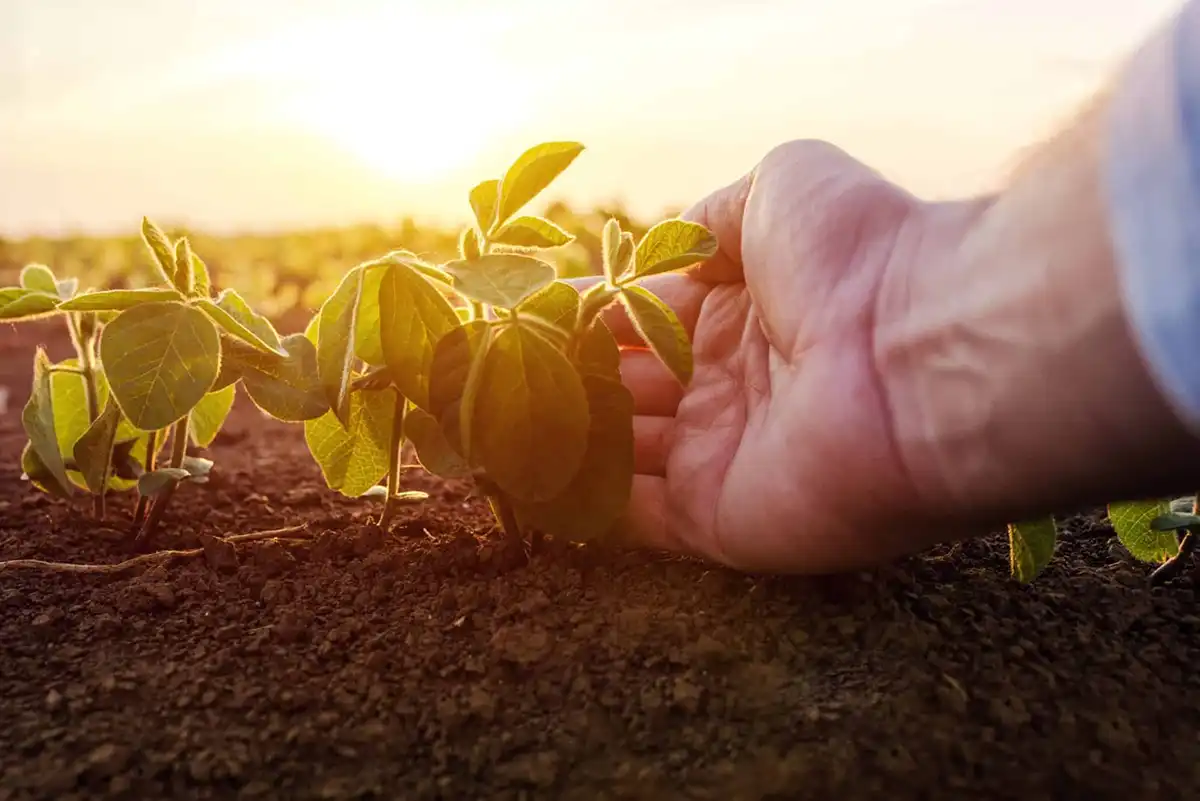Incotec and Croda Crop Protection released a white paper on the potentials of biologicals in the agrochemical sector. The white paper uses information from industry experts as well as other sources to outline the opportunities for biologicals and how they can help the European commission meet their goals of reduced use of chemical pesticides and nutrient losses by 50% and the use of fertilizer by 20% by 2030.
“We continue to see a shift towards more sustainable practices in agriculture and we recognize that long-standing chemical approaches to pesticides and soil enrichment come with environmental trade-offs,” said Marcia Werner, research and technology director at Incotec. “With increasing consumer pressure and legislation driving change, it’s important to explore alternative sources and it’s clear that biologicals will play an important role. As part of Croda Crop Care, Incotec (seed enhancement) and Croda Crop Protection are committed to driving innovation in this space to ensure a more sustainable future for agriculture. But while biologicals offer promising alternative to chemical pesticides, we must also tackle the formulation and seed delivery challenges they present.”
The white paper ‘Formulating Biologicals for Agriculture’ can be found here.
While chemical products are still very common in agriculture, the sector is looking to make more sustainable swaps, which includes biologicals according to the white paper. The term biologicals can be used very broadly, but in the white paper is used to describe microorganisms or large molecules that can be used on crops and deliver positive results. The area is still new but has the potential to be a sustainable solution from the agrochemical sector.
There are biologicals that act similarly to chemical treatment options but there are others that are very different. The process of creating a product with an active biological ingredient means carefully combining the ingredients into a product that can be applied to a seed or crop.
The white paper focused mainly on the formulation and delivery of biologicals. The topic and purpose of this paper was to answer the question “once an active has been identified and mapped to a target, how do you formulate it into a useful product that remains stable during storage and delivery?” There are different ways to apply and use biologicals.
Biologicals can be used in seeds by being applied as microbe enhancements. When applied to the seed, the microbe needs to be and stay inactive until planted which requires proper storage of the seed. There are newer techniques being formulated like biopriming where the microorganisms create a biofilm protective layer under the right conditions. Formulation would be different for every microbe.
There are also microbial foliar products that can be formulated into biological sprays. These sprays have similar formulation challenges to the seeds. The sprays can be formulated to meet many needs based on the ingredient list and remain not toxic to the biological actives.
According to the white paper, “The big disruptive innovation in large molecule biologicals is RNA interference (RNAi). This involves delivering RNA into a plant or insect cells, to exploit natural processes in order to silence a gene without altering the plant’s genetics.” The process is also known as “SIGS” which stands for spray-induced gene silencing. Examples of silencing a plant gene include resistance to herbicide or disrupting vital protein production in pests. The RNA needs to get through the protective layers of the cell to be useful. Currently sprays are being formulated to be most practical for crop application without complex storage needs and easy usage.
Experience with crops and the area is needed to find the best formulation. There is also a lot of testing required when combining complex biologicals due to the uncertainty of the potentially effects. More testing is also needed due to the potential of uncontrolled conditions for unknown amounts of time when the product is sitting in storage.
According to thew white paper, integrated biologicals into agriculture is a sustainable option, even though it is complex and fragile.











